Spondylolisthesis is a condition wherein one vertebra slips or dislocates, moving out of place relative to the adjacent vertebrae, causing back pain and neurologic problems. The dislocation of a vertebra narrows the space in the spinal canal, leading to back pain. And it may also apply pressure on the surrounding nerves, leading to neurologic problems. Spondylolisthesis can happen on any part of the spinal column, but it’s most common in the lumbar region, i.e., the lower back spine.
The following are the common symptoms of spondylolisthesis:
- Severe pain while standing, bending backward, or walking.
- Burning back pain sensations.
- The pain worsens after exercise.
- Sciatica pain shooting down the legs and buttocks.
- The pain is accompanied by weakness or numbness.
- Cramping pains in the buttocks and thighs.
Dr. McHugh identifies the root of the problem to curate the ideal treatment plan. Mild spondylolisthesis cases can be treated with bed rest, medications, physical therapy, and other non-invasive procedures. However, if your situation doesn’t improve with non-surgical treatments or you suffer from severe spondylolisthesis, Dr. McHugh may recommend a spinal fusion surgery to stabilize the spine. Dr. McHugh specializes in cutting-edge and minimally-invasive procedures that ensure smooth and effective recovery.



